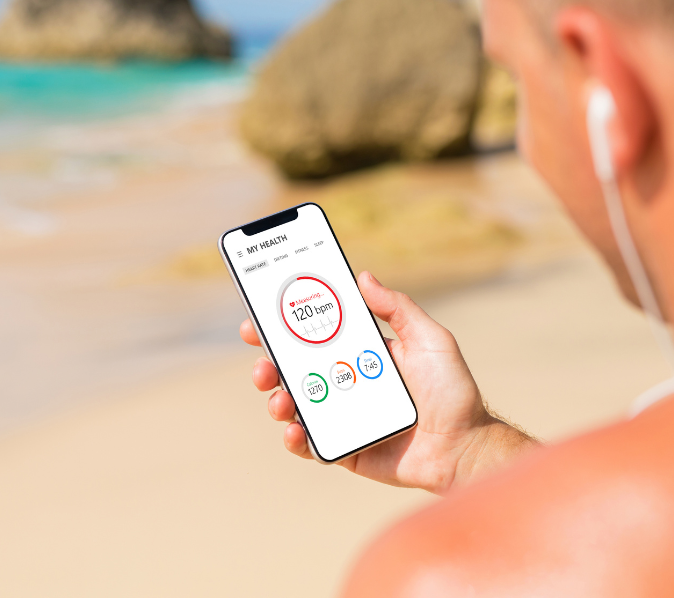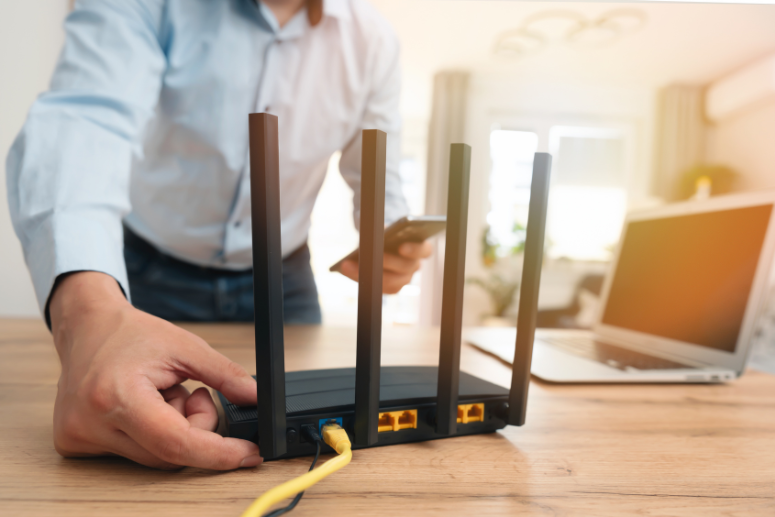
Intro to Biases in Remote Care
Biases in remote care may arise from many barriers that limit patients’ access to digital technologies. Unfortunately, sometimes digital healthcare solutions are geared to favor certain demographics, and this can further worsen biases in care. For instance, patients who lack reliable internet or access to a phone may not benefit from remote services. Being aware of these biases and developing solutions to overcome them is how inclusivity can be fostered in remote care. Therefore, digital health services must continuously reevaluate the accessibility of their services, and ensure that all patients can access them.

Biases from the Digital Divide
During the pandemic, the use of telehealth services grew as it became a safer alternative to in-person visits. However, it’s important to acknowledge that telehealth is a challenge for patients who are either not digitally literate or who don’t own computers [1]. Furthermore, reports show that high-speed internet rates were lower in homes where the primary resident was over 65 years old or had a disability [2]. Other factors limiting access to high-speed internet were Hispanic, African American, Indian American, or Alaska Native residents [2]. Although remote care is often used as a way to provide reliable and cheaper care to patients, people who don’t access stable internet connections will not be able to benefit.

Furthermore, even if a patient has access to a reliable smartphone or computer, they may still not fully understand how to access remote services. Furthermore, some patients may not even be aware that their providers have access to remote care services. This can further worsen digital literacy because patients will be unable to comprehend remote care functionalities. Additionally, some remote care apps may have complicated user interfaces and confusing terminology. This can further worsen digital literacy and make it harder for patients to navigate remote care services. Therefore, more work is needed to bridge the gap between remote care services and the digital divide that may make it harder for patients to access services.
Biases in Accepting Remote Care
Some patients may have access to remote care services but may be reluctant to embrace them. For instance, factors such as age, socioeconomic status, and even one’s geographical location can hinder acceptance of remote care. For instance, patients who have difficulty hearing through a telephone or speaking may struggle with remote care [3]. Additionally, people who have trouble seeing or knowing how to use an internet device may not benefit from remote services [3]. These solutions can be addressed with technology, but only if developers and providers acknowledge that not everyone can or understands how to access remote care services. More work is needed to make remote services more accessible for all patients so that patients are less reluctant to decline remote care. This means that the design and implementation of digital health tools must be reevaluated to include the various needs of patients.

Patients may also be reluctant to accept remote care services due to privacy and security concerns. For instance, remote care often requires continuous monitoring. This can lead to worries about data breaches or unauthorized access to sensitive patient data. This can hinder patients from seeking out remote care services even if it would benefit them. Furthermore, cultural differences may cause mistrust in technology. This is due to cultural norms that conflict with the use of digital tools and create resistance and hesitancy to utilize remote care services. Additionally, some patients may just feel that remote services lack personal connection. Some patients prefer face-to-face interactions in a traditional healthcare setting. This can impact their desire to reach out to remote monitoring services. Regardless, more work is clearly needed to ensure that patients have access to remote care services and that patients understand the benefits and cons of remote care.
HITS
HITS provides healthcare management services & works with doctors to develop health informatics tools that promote safe and secure care. We take pride in our services and settle for nothing other than 100% quality solutions for our clients. Having the right team assist with data sharing is crucial to encouraging collaborative and secure care. If you’re looking for the right team, HITS is it! You can reach out to us directly at info@healthitsol.com. Check out this link if you’re interested in having a 15-minute consultation with us: https://bit.ly/3RLsRXR.
References
- https://www.medicaleconomics.com/view/telehealth-can-expand-health-care-only-where-patients-have-internet-access
- https://www.samhsa.gov/blog/digital-access-super-determinant-health
- https://www.ama-assn.org/practice-management/digital/why-so-many-patients-still-can-t-connect-doctors-telehealth